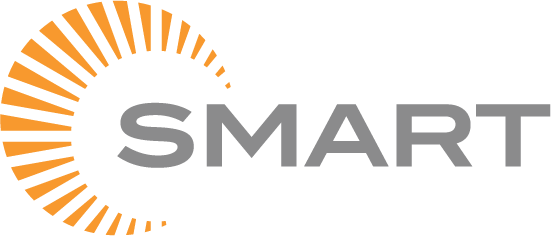“Thanks in part to the SMART Education programs, Westcoast Painting has been able to lower mod rates and minimize work related injuries.”

Based on many different statistics, crane accidents, power line contacts, injuries and deaths occur all too often. OSHA estimates that between 64 and 82 construction workers are killed and 263 are injured working around cranes and derricks each year.
Today’s cranes are engineered to achieve the maximum capacity to be lifted with the lightest amount of weight to be carried down a highway. As a result, the days of “running by the seat of your pants”—that is, of floating an outrigger to determine how much something weighs—are gone. If this technique were used on a modern-day crane, the crane would upset and crash well before the operator knew it was coming.
The jobsite supervisor must be involved in the lifting planning and in some cases the lift may require a second lift plan.
Expand your Site Supervisor’s Knowledge during this 8 hour course which includes a 100 page Supervisor’s Workbook.
-Learn the causes of crane accidents
-Learn about the requirements for operator training, qualifications and certification
-Learn the basic laws and regulations governing crane operation
-Learn basic components
-Learn the inspection requirements
-Learn about the safe setup of the crane
-Learn about all the external hazards which can affect the crane
-Learn about use and rejection criteria for wire rope and load hooks
-Learn how to plan a lift, verifying all ratings will be sufficient
-Learn how the load is to be hoisted, handled, moved and set down
-Learn how to read and interpret load charts and range diagrams
-Learn the approved methods of crane communication
Covers new WAC/OSHA/ASME rules, which includes tower cranes